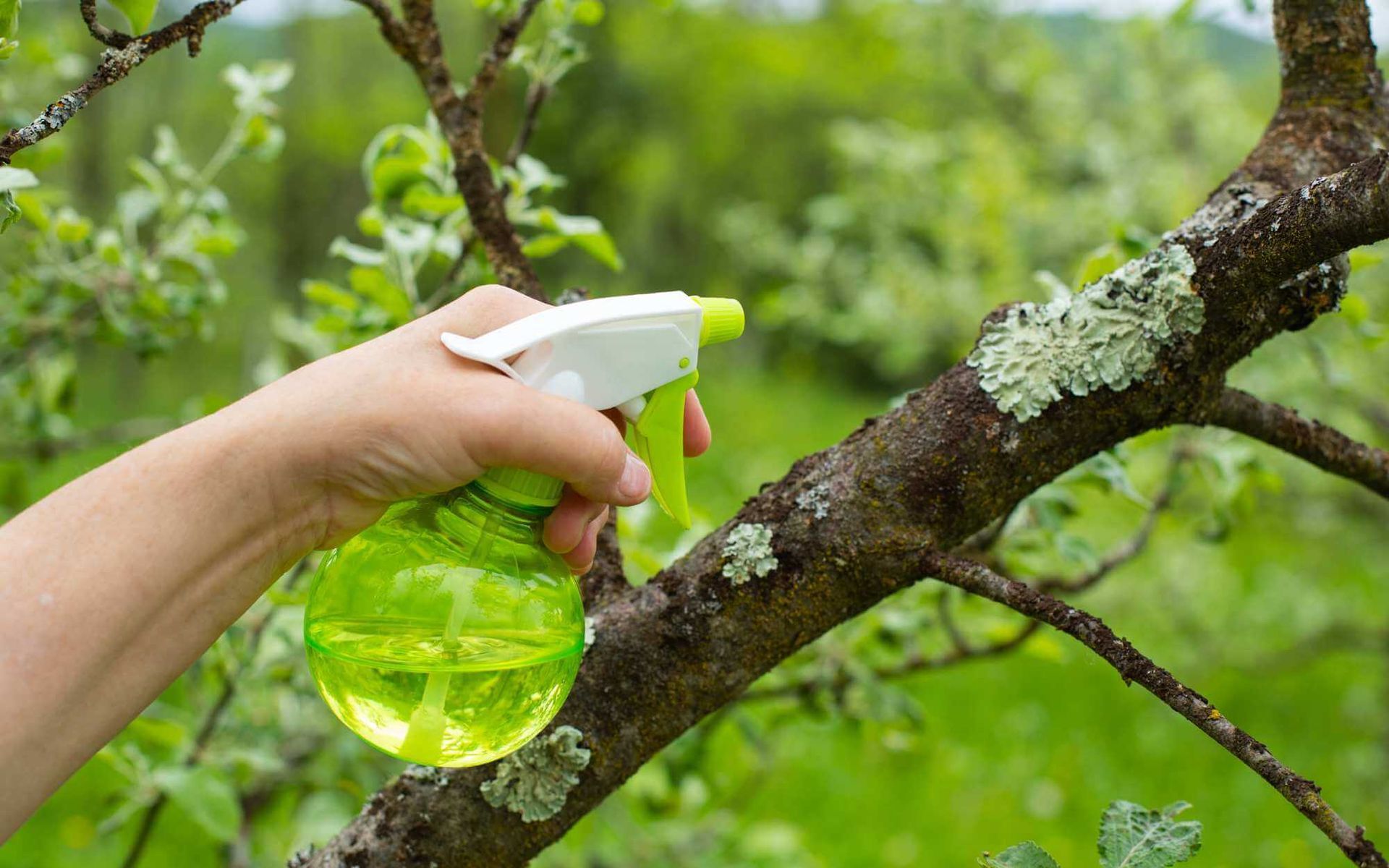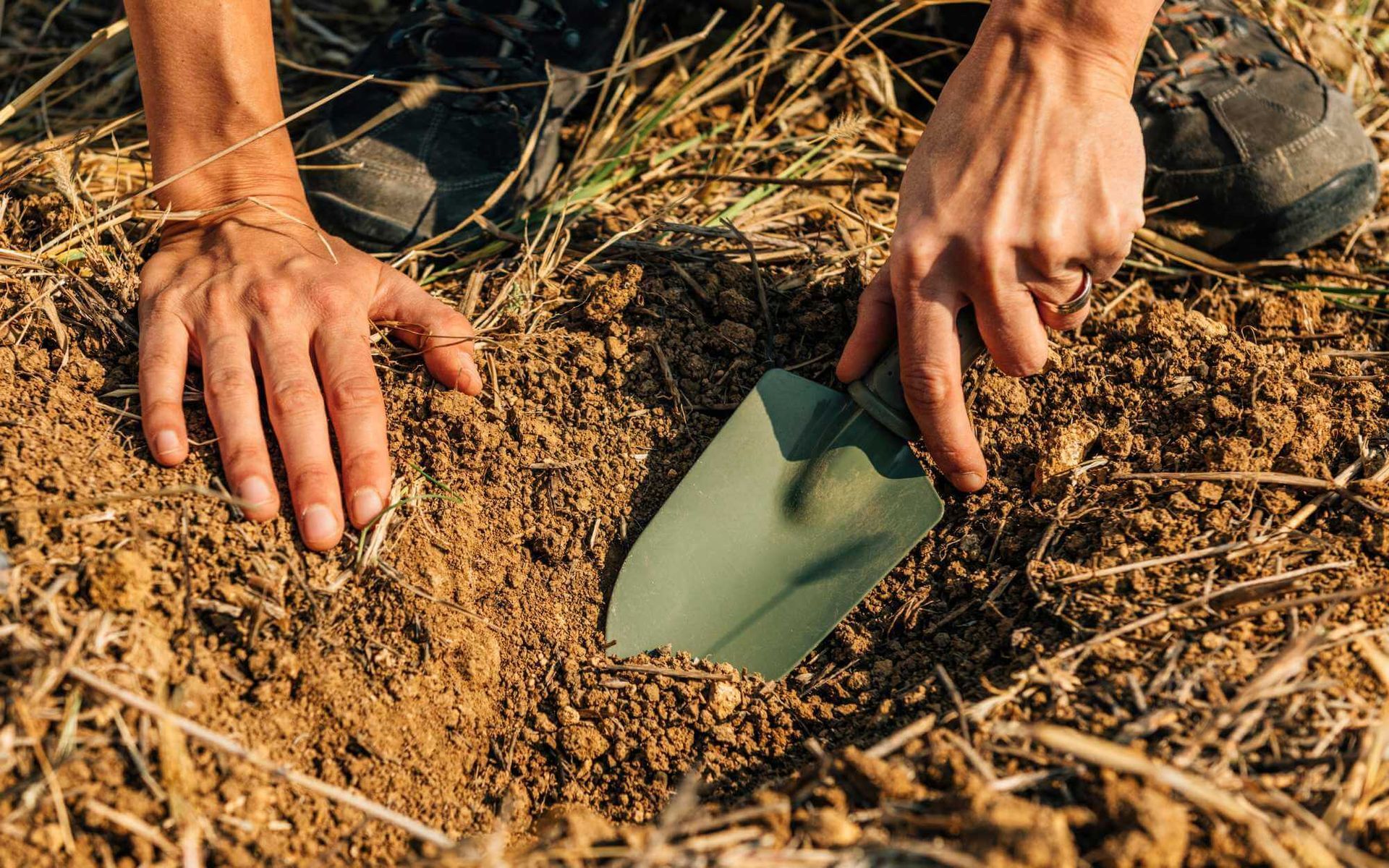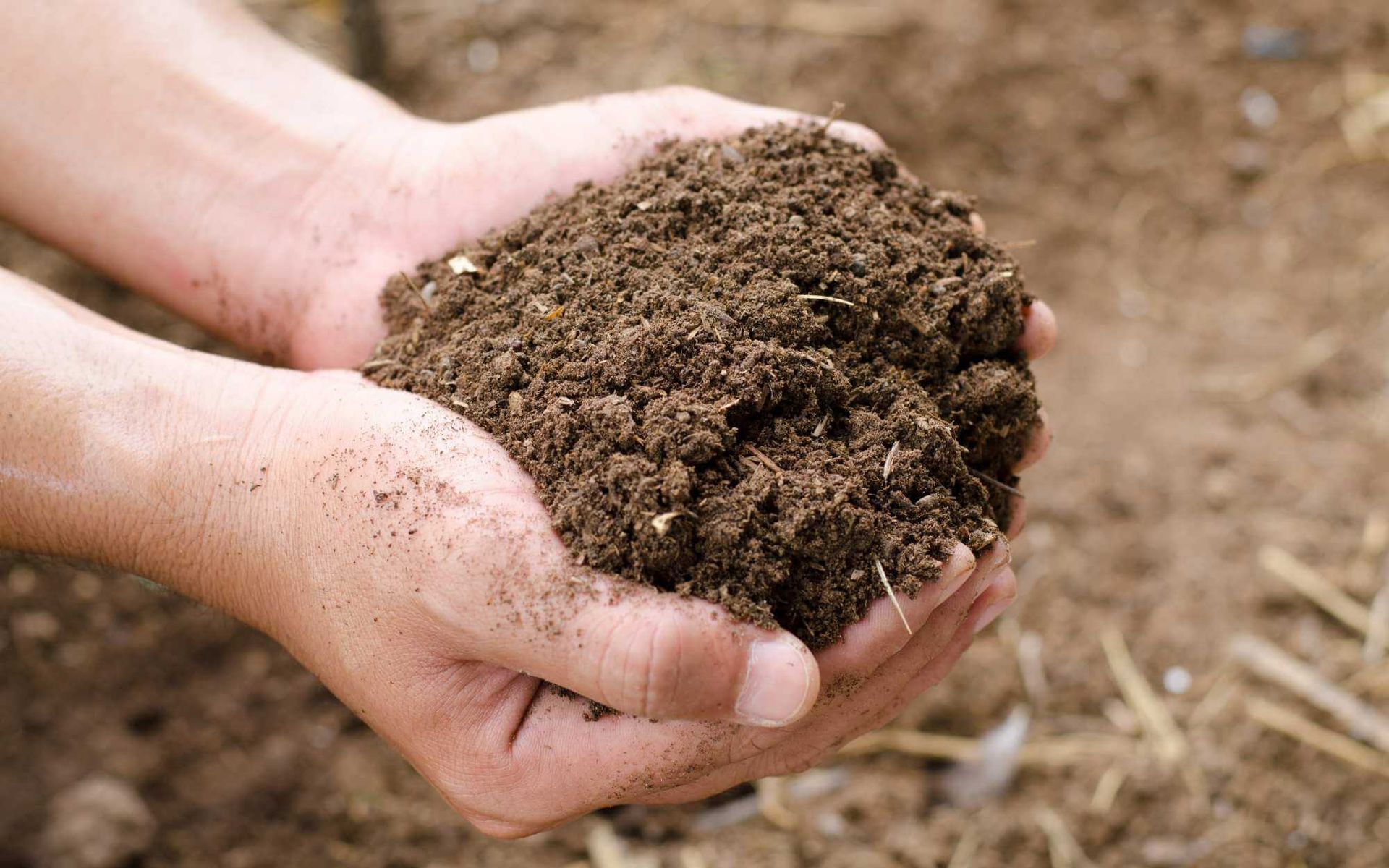Tree Wellness: Best Practices for Tree Nutrient Enrichment
PUBLISHED ON
SHARE THIS ARTICLE

Trees, the silent sentinels of our planet, play a crucial role in maintaining ecological balance. However, just like all living organisms, they need proper nourishment to thrive. Understanding and promoting tree wellness is not just a matter of aesthetics or gardening prowess; it's a commitment to the well-being of our environment.
Nutrient enrichment forms the core of this approach. Ensuring our trees receive the right blend of nutrients can help enhance their growth, resilience, and longevity, contributing significantly to our planet's overall health.
Join us as we delve deeper into the world of tree wellness and explore the best practices for
tree nutrient enrichment.
Understanding Tree Nutrient Enrichment
Trees and shrubs require key nutrients such as nitrogen, phosphorus, and potassium for optimal growth.
Nitrogen promotes leaf development, phosphorus aids in flower and root growth, and potassium ensures overall resilience. Nutrient deficiency symptoms can manifest as yellowing leaves (nitrogen), reduced growth (phosphorus), or weak resistance to disease (potassium).
Fertilizing trees regularly provides these essential nutrients, enhancing the tree's vitality and growth. Besides, it helps trees withstand harsh environmental conditions and resist pests and diseases, and it promotes their longevity.
Therefore, a well-balanced fertilization program is integral to tree wellness and contributes positively to our environment.
Best Practices for Tree Nutrition

Understanding your tree's nutritional needs begins with four significant steps: Soil Testing, Fertilizer Selection, Timing and Application, and Mulching.
Soil Testing and Analysis
Regular soil testing is essential for optimizing tree health and growth. It provides valuable insights into existing nutrient levels and soil pH values, enabling you to tailor fertilization strategies to your tree's specific needs.
Choosing the Right Fertilizer
Fertilizer selection should be based on soil test results and specific tree requirements. Various formulations (liquid fertilizers, slow-release nitrogen fertilizers, granular fertilizers, etc.) cater to different nutrient deficiencies. A fertilizer high in nitrogen, phosphorus, or potassium might be chosen based on your tree's needs.
Proper Timing and Application Techniques
Timing and method of fertilizer application can significantly affect nutrient uptake. Generally, early spring or late fall is ideal for fertilizing. Remember, too, that when you fertilize trees drip line rather than near the trunk is most effective.
Mulching and Organic Matter
Mulching enriches soil with organic matter, retains moisture, and helps control weeds. Organic mulches, such as compost or wood chips, slowly break down and release nutrients, providing a steady nutrient supply to your trees.
By following these best practices, you can ensure your trees receive proper nutrient enrichment, promoting their growth and longevity while contributing to the overall health of our environment.
Common Mistakes to Avoid

To ensure tree wellness, it's crucial to avoid certain common mistakes during the nutrient enrichment process.
Over-fertilization: Although it may seem counter-intuitive, excessive fertilization can harm your trees. Over-fertilization can lead to rapid, weak growth, making trees more susceptible to disease and pest infestations. It can also cause nutrient imbalances and even root burn.
Under-fertilization: Just as too much fertilization can be harmful, so can too little. Under-fertilization may result in slow growth and poor health, as the tree lacks the necessary nutrients to thrive. Signs of under-fertilization include stunted growth and dull, yellowing leaves.
Incorrect Application Methods: Incorrectly applying fertilizer can lead to nutrient wastage or even damage your trees. For instance, applying fertilizer too close to the trunk can harm the tree's roots. Instead, it's recommended that fertilizer be applied at the tree's dripline for optimal uptake.
Additional tree nutrient enrichment tips:
- Water Consistently: Regular watering ensures plant roots absorb nutrients.
- Organic Amendments: Consider using organic amendments like compost or manure to enhance soil fertility.
- Follow Soil Test Recommendations: Always interpret and follow the recommendations given in the soil test report.
- Monitor Tree Health: Regularly observe your tree's growth and overall health to identify any nutrient deficiency early.
- Professional Help: When in doubt, consult a professional arborist for personalized advice on tree nutrient enrichment.
Tree nutrient enrichment starts here!
As we've seen, proper tree nutrition isn't merely about dumping granular fertilizer at the base of the tree. It's a holistic and thoughtful process that includes understanding the unique needs of your tree, soil testing, selecting the right fertilizer, proper timing and application, and adding organic matter through mulching.
Remember, each step we take towards enriching mature and newly planted trees is a step towards a healthier, greener planet. So, let's get started - contact our
tree health experts to learn more about how you can enhance your tree's wellness and contribute to a more sustainable environment.
Want a free quote or some friendly advice? Call our team today:






